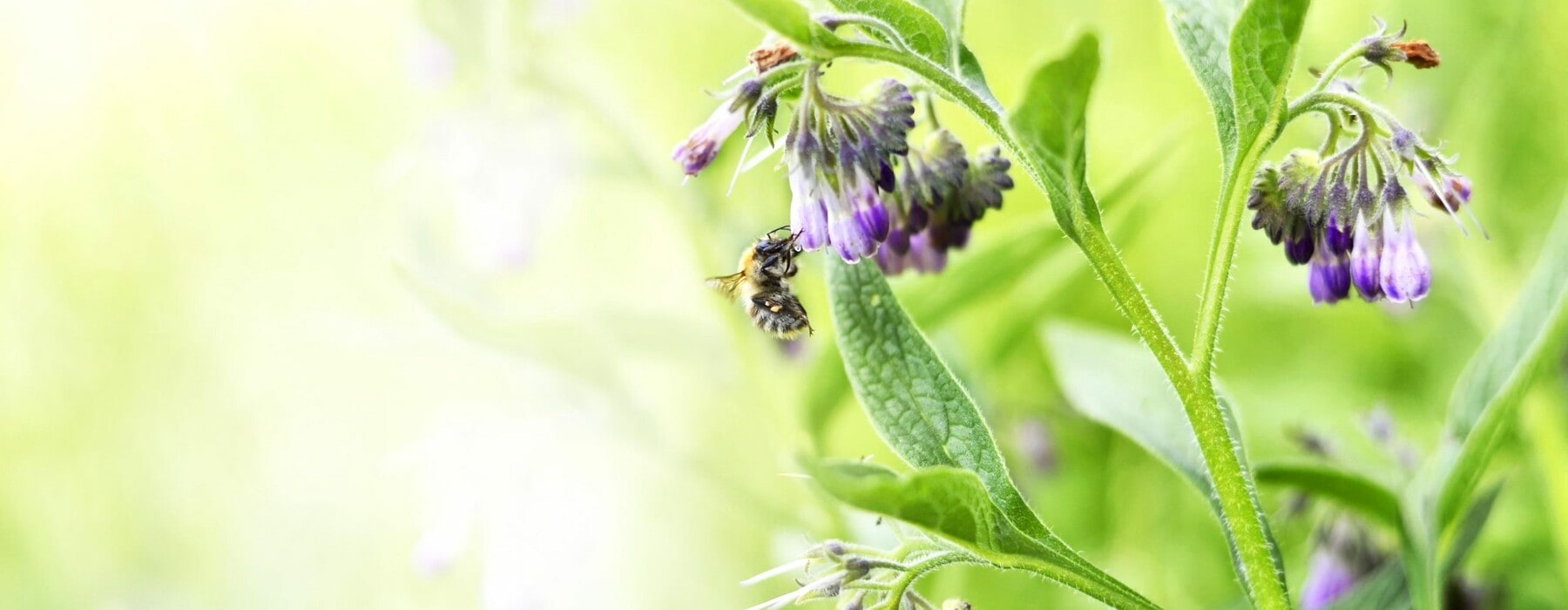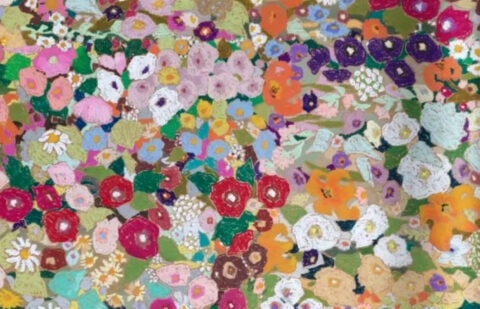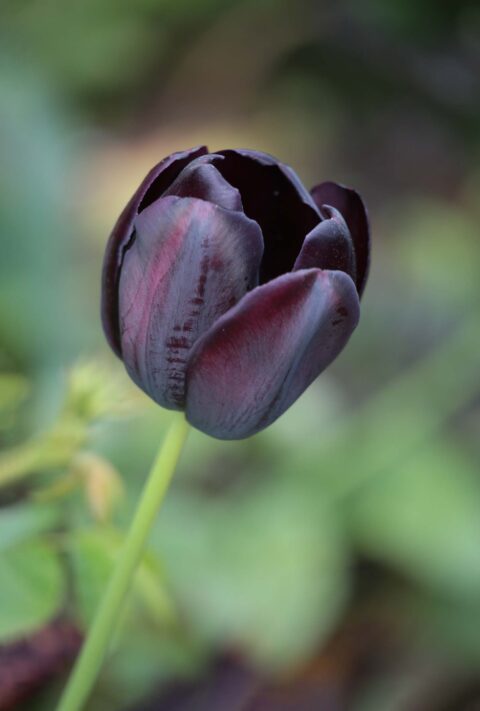Boost your compost with easy-to-grow, bee-friendly comfrey, but be cautious when using it as a natural remedy.
Comfrey is one of those plants with a long medical history. Way back in the early 1200s, during the Crusades, comfrey was known to be a healer, particularly of broken bones. Its Greek name Symphytum comes from symphysis, which means the coming together of two bones.
These days, comfrey grows all over the world, and will thrive in any soil, in a sunny spot or in shade. Which means if you plant it, you are likely to have it for life, as it spreads rampantly.
During the 1970s, there was a craze for eating comfrey in salads or steamed like spinach. But we now know that comfrey shouldn’t be taken internally, as it contains substances that can cause liver damage and may even be carcinogenic. These days it’s mostly used as a poultice for sprains, swelling and bruises. It should not be applied to broken skin.
Comfrey comes into its own as food for your garden. Thrive editor Wendyl Nissen grows it to make an extremely smelly compost tea – half-fill a bucket with leaves, add water, put a lid on, and in two or three weeks, you’ll have a rich tea that can be diluted and fed to plants. Comfrey is a great source of potassium and nitrogen, and acts as a compost activator, so it’s excellent added to your compost pile. It can be dug into potato trenches and laid around the base of tomato plants. You could also use it as mulch, chopping it up with grass clippings.
Bees love comfrey flowers, and it’s a good biodiversity booster, as it also attracts other beneficial insects.








